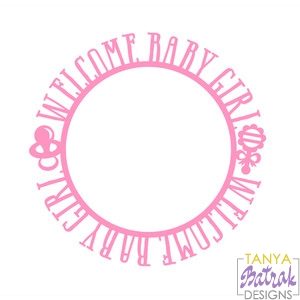
- #FREE SVG FILES FOR SURE CUTS A LOT FULL#
- #FREE SVG FILES FOR SURE CUTS A LOT SOFTWARE#
- #FREE SVG FILES FOR SURE CUTS A LOT DOWNLOAD#
It is a bit like playing the game “spot the difference” isn’t it. The teapot file on the left is in 72dpi and the file on the right I exported from SCAL5 suitable for the Scan N Cut at 96dpi. The size on the right is the correct size that the designer intended the file to cut out however the file on the left is correct for a Cricut cutting machine. Both pictures were at 70% zoom when the snapshot was taken however the picture on the left-hand side is smaller than the picture on the right-hand side. Take another close look at the two pictures I showed you before of the teapot file in Canvas Workspace. Other SVG files coming in too small can be a disaster! They may not cut as expected or end up much smaller than you intended. It may even be the size you prefer for your finished project. Some SVG designs cope perfectly well coming in to Canvas Workspace as a smaller version of the design.

Have you imported an SVG file into Canvas Workspace to find that it is too small? Blame the dpi! This is similar to the example above where the pictures are larger or smaller due to dpi.
#FREE SVG FILES FOR SURE CUTS A LOT SOFTWARE#
For example, Design Space, the software for Cricut cutting machines, uses 72dpi and Canvas Workspace uses the larger 96dpi for the Scan N Cut. Various cutting machines use different dpi. What does this have to do with the Scan N Cut and SVG files? Well, everything really.

The 300dpi is a smaller picture than the 1200dpi. For example, a picture may be 300dpi or 1200dpi. You may be familiar with dpi (dots per inch) when using pictures. If you miss this, your file could end up with many more pieces to it than you intended. NOTE: It is important to check the fold lines of ANY SVG file that you import as they may import as a cut line. Once I was happy with the design, I exported it as an SVG file and then imported into Canvas Workspace perfectly. These score lines would have cut out as a cut line.Īn alternative to this is to change the lines that need to be fold lines to a Draw line and either use a scoring board or a scoring tool in the Universal Pen holder. In SCAL5 I noted that the file also needed to have the fold lines changed from a score line to a Dashed line. To fix this file, I ended up importing it into SCAL5. NOTE: The bicycle spokes still may give you grief in either but I am hoping you get the idea about looking at the differences in design. The bicycle on the right has a reasonable chance of successfully cutting out although it would be dependant on size and maybe only in vinyl. The bicycle on the left would be very difficult to cut if not, impossible. BOTH bicycles are available in SVG format. Take a look at the two bicycle pictures below. Imagine your cutting machine working its way around the shape.
#FREE SVG FILES FOR SURE CUTS A LOT DOWNLOAD#
How do I tell whether an SVG file will workįirst up, look at the design that you are purchasing or choosing to download and imagine it as a cut file. You cannot really expect a file to be tested in EVERY cutting machine on the market. That last reason is very common and not really the designer’s fault.
#FREE SVG FILES FOR SURE CUTS A LOT FULL#
This post may contain some affiliate links for your convenience (which means if you make a purchase after clicking a link I may earn a small commission but it won’t cost you a penny more)! Read my very boring full disclosure policy here. Let’s look to see the reasons why your SVG file doesn’t work and how this can be fixed. Even worse, not all SVG files are created to suit Canvas Workspace and the Scan N Cut. Not all SVG files are created for cutting machines.

Why doesn’t my SVG work? This is the question I often get asked and the answer is simple.


 0 kommentar(er)
0 kommentar(er)
